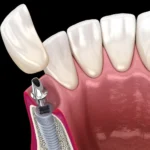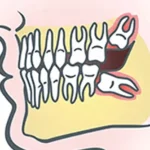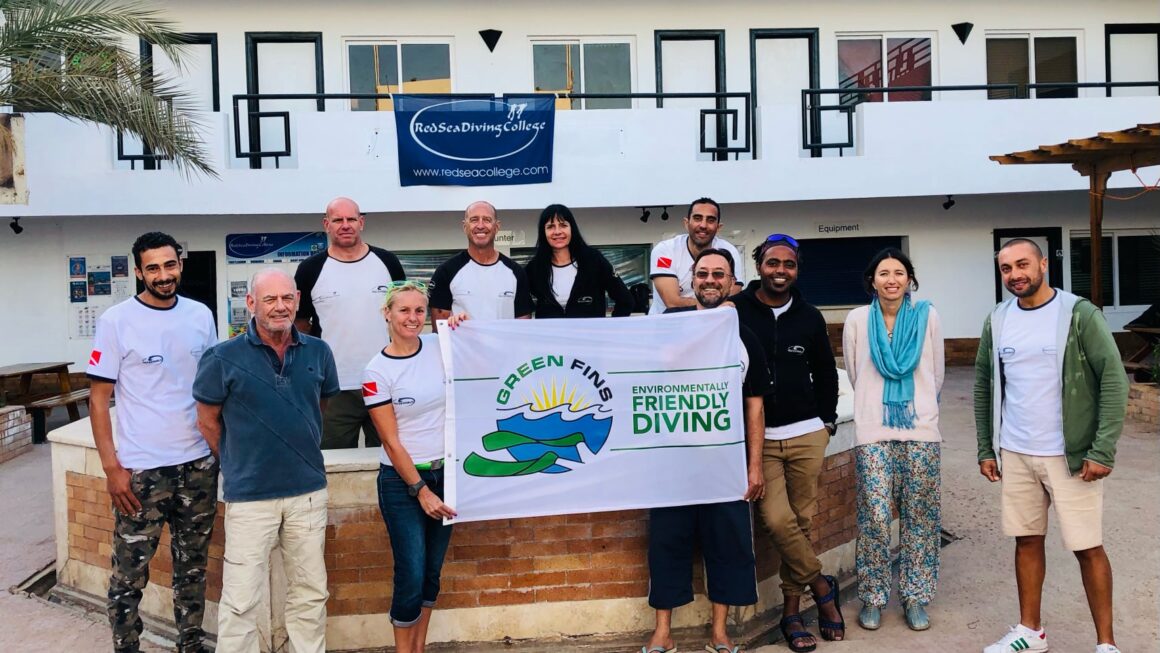If you’re already certified as an Advanced Open Water diver and you’re looking to take your diving skills to the next level, the PADI Rescue Diver Course might be exactly what you need. This course is often described as the most challenging yet rewarding experience in recreational diving.
Whether you’re aiming to boost your confidence underwater, learn how to handle emergencies, or move toward a professional diving career, this course is a powerful step forward. But before you dive in, it’s important to understand what the course involves and whether it’s the right fit for you.
Here’s what you should know before signing up for the PADI Rescue Diver Course.
What Is the PADI Rescue Diver Course?
The PADI Rescue Diver Course is designed to expand your awareness, improve your response skills, and teach you how to manage dive emergencies, both minor and major, using a variety of techniques.
Unlike previous PADI courses that focus primarily on your own safety and skills, this one shifts the spotlight to others. You’ll learn how to prevent problems, recognize signs of distress in fellow divers, and respond calmly and effectively when something goes wrong.
It’s hands-on, scenario-based, and highly practical. Think of it as the step that bridges the gap between recreational diving and professional-level training.
Who Can Take the Course?
To enroll in the PADI Rescue Diver Course, you must:
- Be at least 12 years old (for Junior Rescue Diver certification)
- Hold a PADI Advanced Open Water Diver certification (or equivalent from another agency)
- Have completed Emergency First Response (EFR) Primary and Secondary Care training within the past 24 months
(Or you can complete it during your Rescue course.)
If you’re missing the EFR training, many dive centers offer a bundled course that includes both certifications.
What Will You Learn?
This course covers a wide range of skills and scenarios, both in the classroom and in open water. Here’s a breakdown of key topics:
Self-Rescue Skills
You’ll begin by reviewing how to handle your own stress, equipment issues, and other problems underwater.
Recognizing Diver Stress
Learn to spot early signs of panic or fatigue in your dive buddy before it escalates into a dangerous situation.
Emergency Management
Understand how to create an action plan, manage onshore and underwater rescue efforts, and communicate clearly with a dive team.
Rescue Techniques
Practice rescuing tired, panicked, unresponsive, or unconscious divers at the surface and underwater.
Scenario-Based Drills
You’ll participate in realistic rescue scenarios that challenge you to think quickly and respond effectively.
How Challenging Is It?”
Many divers say it’s the most mentally demanding course they’ve taken. But also the most rewarding.
The challenges don’t come from physical difficulty but from the mental shift. You’re no longer diving just for fun; you’re learning to stay calm under pressure, make quick decisions, and take responsibility for others’ safety.
Here’s what can make it feel tough:
- Thinking under stress
- Simulating real-life emergency situations
- Handling multiple responsibilities at once
- Managing your own reactions while helping others
However, instructors understand this is new for most students and guide you step by step. With practice and support, most divers complete the course feeling more confident than ever.
Why It’s Worth It
The PADI Rescue Diver Course is often described as a turning point in a diver’s journey. Here’s why:
1. Confidence Booster
You’ll feel more in control, knowing how to respond to situations that used to feel overwhelming.
2. Better Dive Buddy
You’ll be the diver others want to buddy up with- attentive, calm, and ready to help if needed.
3. Pathway to Pro
If you’re interested in becoming a Divemaster or Instructor later, this course is a required step.
4. Improved Safety Awareness
You’ll not only recognize risks earlier but also know exactly how to prevent or handle them.
How Long Does It Take?
The course typically takes 2 to 3 days to complete, depending on the dive center and whether your EFR training is already done. Some centers offer flexible or weekend schedules to accommodate working professionals.
You’ll complete knowledge development (online or classroom), confined water training, and open water scenarios.
What Equipment Will You Need?
For the Rescue Diver Course, you’ll need standard scuba gear, plus:
- Pocket mask (for rescue breaths)
- Surface marker buoy (SMB)
- Whistle or signaling device
- Slate or underwater writing device (optional, but helpful)
Most dive centers provide equipment rental or have these items for sale if you don’t already own them.
Where to Take It?
The PADI Rescue Diver Course is offered at dive centers around the world, but Sharm el-Sheik, Egypt, stands out as a top destination. With calm, clear waters and a wide range of dive sites, it offers ideal conditions for practicing real-world rescue scenarios in a safe and supportive environment.
If you’re considering taking the course in Sharm el-Sheik, you’ll also benefit from experienced instructors, excellent visibility, and a well-established diving community.
Tips to Prepare for the Course
- Brush up on theory: Review your Advanced Open Water materials and get familiar with basic dive physics and first aid.
- Stay physically active: While not extreme, some scenarios involve towing or lifting, so a decent fitness level helps.
- Practice calm breathing: Stress management is key. Breath control helps you stay focused during high-pressure simulations.
- Talk to your instructor: Don’t hesitate to ask questions or express concerns. They’re there to guide and support you.
Final Thoughts
The PADI Rescue Diver Course is a transformational experience that changes how you think, react, and dive. It trains you to be aware not only of yourself but also of your dive environment and others around you.
It’s challenging in all the right ways, and for most divers, it becomes the most memorable and confidence-building course they ever take.
If you’re considering enrolling, take the leap. You won’t just become a better diver, you’ll become a more capable, composed, and reliable person both above and below the surface.












